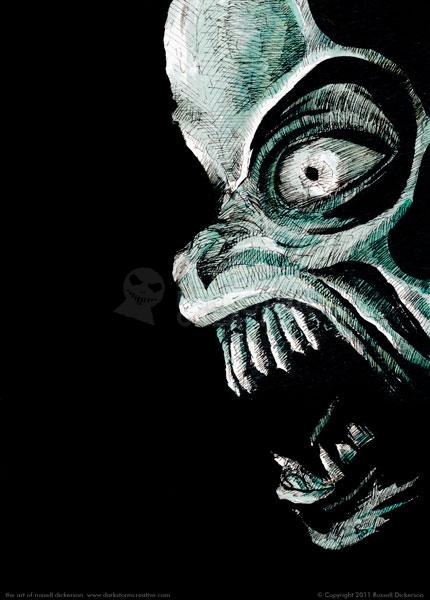
Sure, Wilson is with his wife, the pilot, and other passengers. It touches on the deep-seated human fear of being, or feeling, completely alone in the midst of chaos. It’s a human story, one that remains compelling to this day. In the Twilight Zone episode, the character of Wilson mentions gremlins during the flight and alludes to their role in tinkering with aircraft “during the War.” But the gremlin in “Nightmare at 20,000 Feet” is, in many ways, peripheral to the episode. Written by Chris Columbus and directed by Joe Dante, with Steven Spielberg as the film’s executive producer, Gremlins went on to become an American cult classic. Gremlins, of course, had their moment in the sun (pun intended), in the 1984 film, Gremlins.

Dahl, of course, would go on to write numerous children’s books, screenplays, and short stories. The best-known literary work about these modernist monsters is Roald Dahl’s children’s book, The Gremlins (1943).

They were prone to mechanical mischief and blamed for tampering with aircraft. Unlike vampires and demons, which have a long pedigree, the notion of creatures called gremlins likely originated in the 1920s as the figment of British pilots’ collective imaginations. Gremlins, of course, have not been the most prominent of monsters in twentieth-century popular culture. But who is going to believe a man who has suffered from mental illness, especially when he’s the only one who sees the gremlin (Nick Cravat in furry suit that now looks more silly than scary) out on the wing, attempting to tamper with the plane? Accompanying him is his wife, played by Christine White. Now, he is back on a plane for the first time since his stay in a sanitarium. Months earlier, Wilson had experienced a “nervous breakdown” while on an airplane. It’s a Twilight Zone episode, so of course there’s a twist.

A salesman named Robert Wilson, portrayed with great dramatic effect by a youthful William Shatner in his pre- Star Trek days, spots a bizarre creature - a gremlin - tampering an aircraft’s engine while the plane is in flight. The plot of “Nightmare at 20,000 Feet,” based on a 1961 Richard Matheson short story of the same name, unfolds as follows. It also serves as an excellent reference point for those seeking to connect seemingly disparate elements of twentieth-century science fiction, horror, and popular culture, from airplanes to zombies. This 25-minute black & white episode is not merely a vivid small screen representation of psychological torment. The show, however, is well worth revisiting, particularly in light of writer Richard Matheson’s passing last year and of director Richard Donner’s recent announcement that he hopes to film a sequel to his 1985 cult classic, The Goonies. Much has undoubtedly been written about “Nightmare at 20,000 Feet,” an iconic Twilight Zone episode. “NIGHTMARE AT 20,000 FEET.” Episode 123 of The Twilight Zone (CBS TV).


 0 kommentar(er)
0 kommentar(er)
